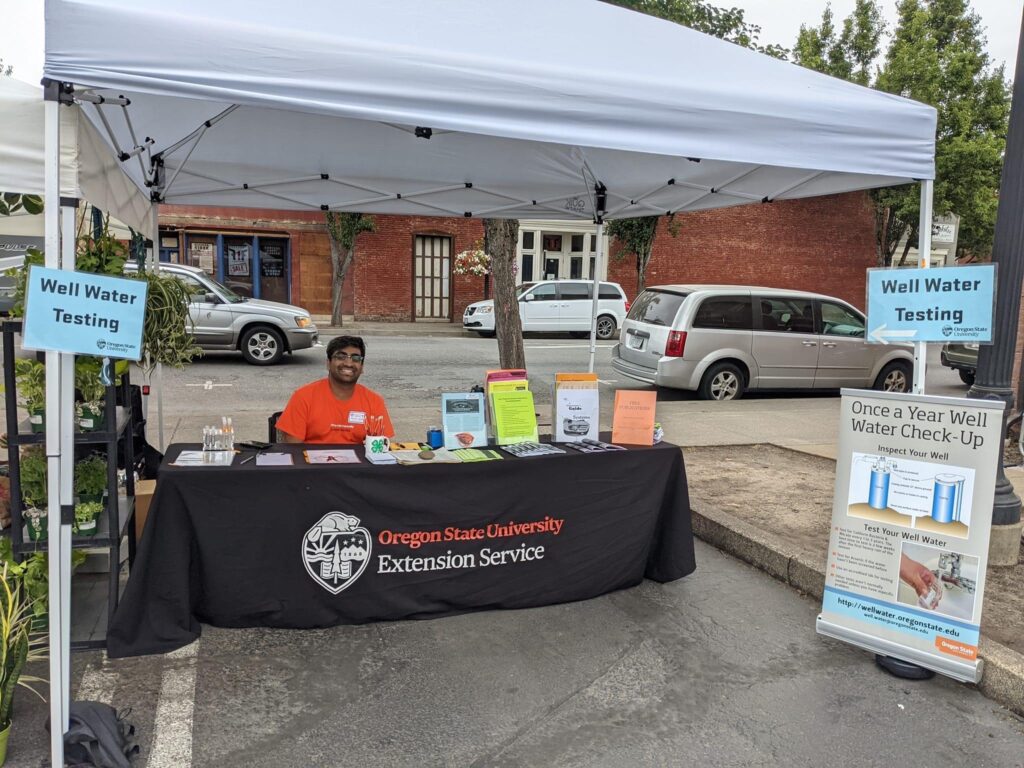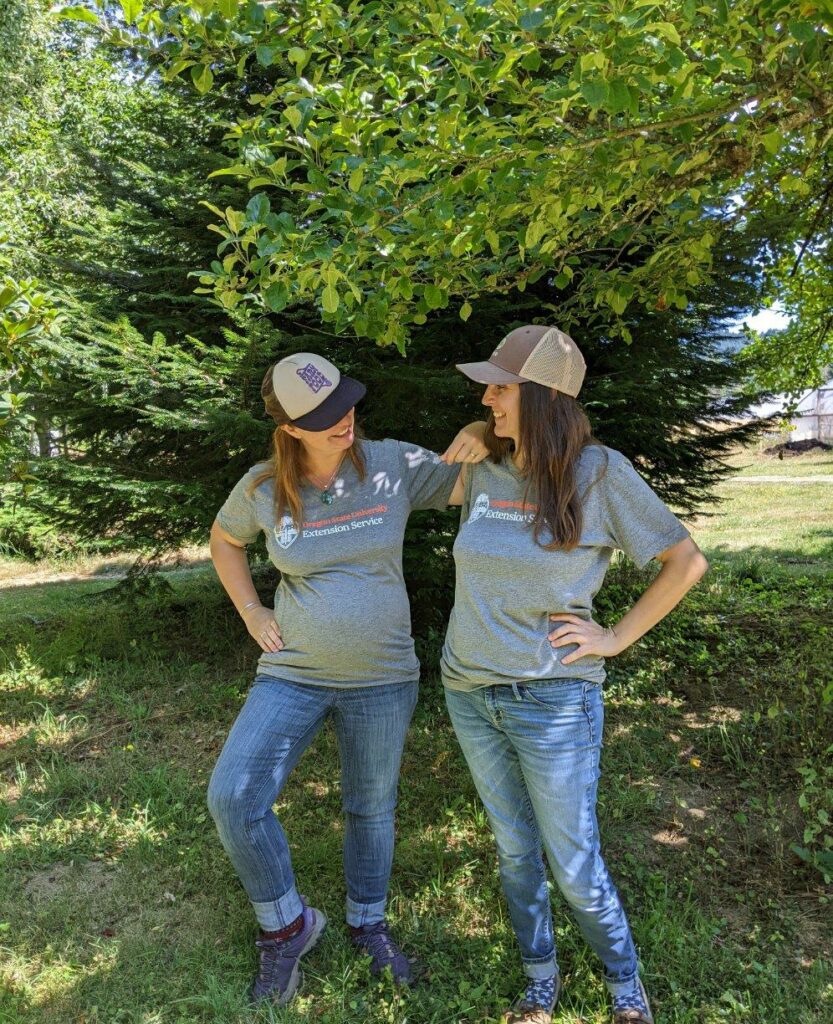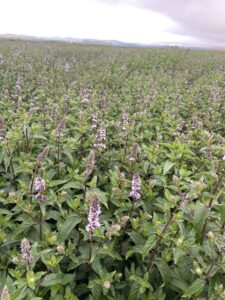
Photo credit: Olivia Jacobs
Hello everyone! I am already in my last week of my summer internship with OSU Extension’s groundwater protection program. I have really enjoyed getting to learn more about well water and getting to go out in the community to test water for nitrate. I have had the opportunity to grow by planning and attending events throughout the summer. It has been exciting to attend events, since I had been working on planning some of them back in May and June!

Photo credit: Ava Cordle
Some of the different events I went to this summer were Harrisburg Sounds of Summer, Silverton Farmers Market, the Corvallis farmers market and more! At these events we set up a booth where we offer free nitrate testing for people in the community to bring in their well water. To run a test, we take a bit of their well water and we use reagents that change the color of the water depending on how much nitrate is present. At a clinic I did at the Lacomb Grange I did 59 tests in just three hours! We also offer publications and information on well water and septic systems, and a lot of people stop by just to ask questions. Attending these events was my favorite part of the internship. I found it rewarding after spending a lot of time planning them.
Overall, some of my favorite parts about this internship was meeting and working with the other groundwater interns, talking with community members and getting to attend events all over Benton, Linn, Lane, Marion and Lincoln counties. I have learned so much about well water over the past few months. Coming into this internship I had never had well water and did not know much about the care of well water. I also gained skills in community outreach, creating flyers and postcards, and got to learn about the 4-H program by volunteering to help at Extension booths at fairs.
– Ava Cordle














